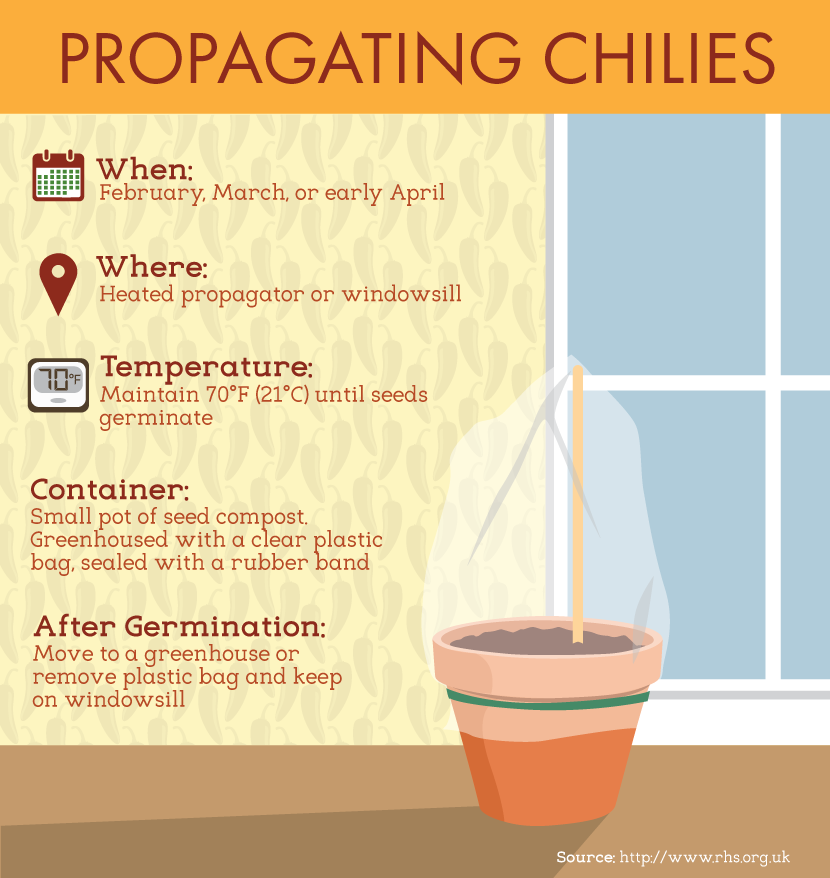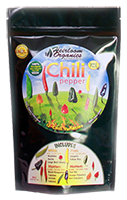Guest Blog from: LIA LEENDERTZ at Fix.com
Growing Chilies
Chilies are not the easiest plants to grow, but if you can master their cultivation you will have grown a crop that is packed full of flavor and that will improve a wide array of meals. The problem for many growers is that chilies originate from such warm places, where the season is long and hot and the plants have more time to grow, flower, fruit, and ripen.
Those of us who can’t expect these kinds of conditions have to use a few tricks to fool them into flourishing. These tricks are designed to lengthen the season, even where the season is naturally short and cool. Start sowing early in the year. It feels like an odd time to be sowing the seed of such heat lovers, but they really do need to be sown in February or March if you hope to see many fruits. The need for heat starts early; your seeds will struggle to germinate if they are in a cool or temperature-fluctuating environment. A heated propagator creates the perfect environment. These small closed cases are cheap to buy and to run. They are plugged into an electrical outlet and emit a gentle but constant heat that seeds find irresistible. If you don’t have a heated propagator, then a sunny windowsill may be your next best bet, though the fluctuation between night and day temperatures is not ideal, particularly on cold nights. You may get better results if you move your pots of seeds to a warmer spot at night.

Source: Fix.com
Once you have germinated seedlings, pot them up into individual pots and keep them somewhere warm and sunny. A greenhouse or a conservatory is ideal but if you have neither of these, then a sunny windowsill will do until the weather warms. It is important to pot your chilies into larger pots regularly: other plants such as tomatoes and cucumbers make it obvious when they need to be potted on, growing leggy and over-balancing their little pots, but chilies do the opposite – they sit and wait for a bigger pot before they grow. So keep on potting on and prompt them into growth. Their final pot should be generous. You can also plant them directly into the ground in polytunnels and greenhouses.
When all chance of frost has passed and the weather is reliably warm, you can plant the chilies out in the open ground. Ideally they should be protected from cold nights by a glass cloche. All plants that have been started indoors will need a period of hardening off to slowly get them used to being outdoors. Start with a few hours outdoors during the day for a few days, then leave them out a full day, followed by a day and night as long as they are well protected. Chilies should not be outdoors unprotected at night until June, and even then, they will be happier with night-time protection.
Stay tuned for more coming up on the Growing Chili Peppers at Home series from Fix.com
Start your Chili Garden with our Chili Pepper Seed Pack

